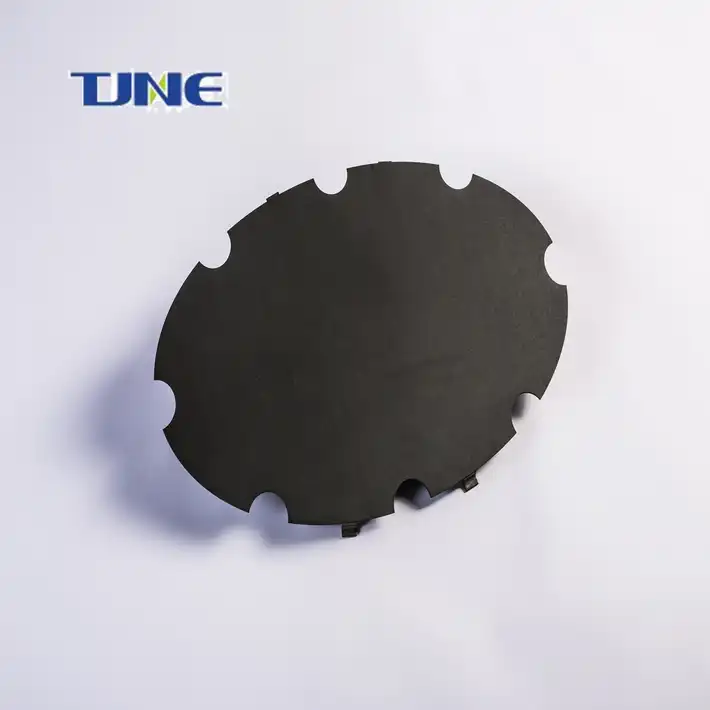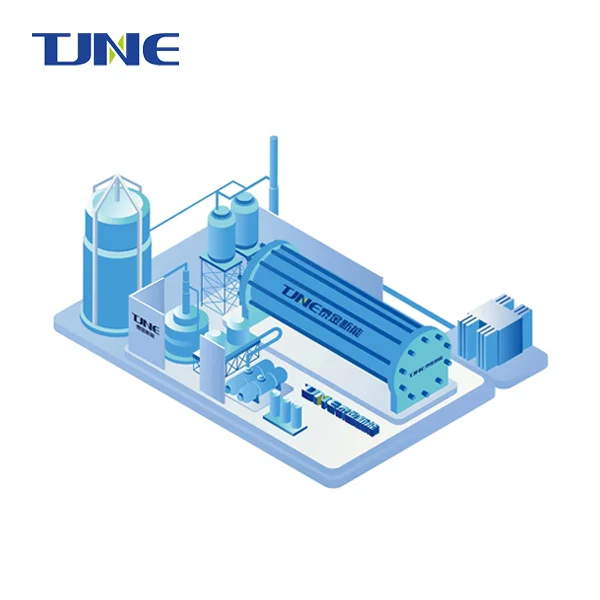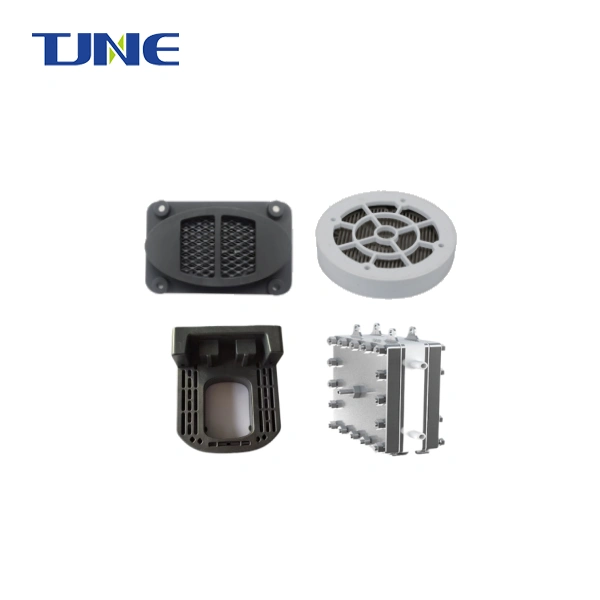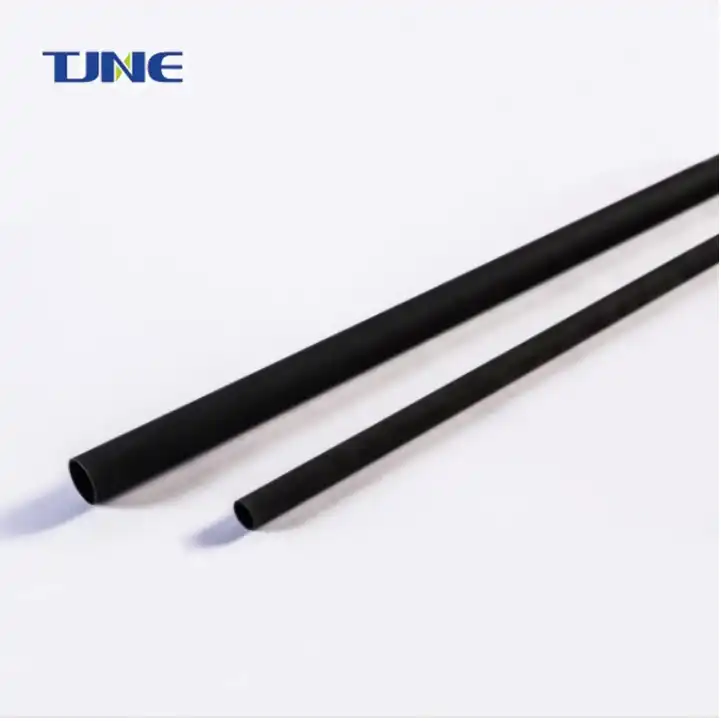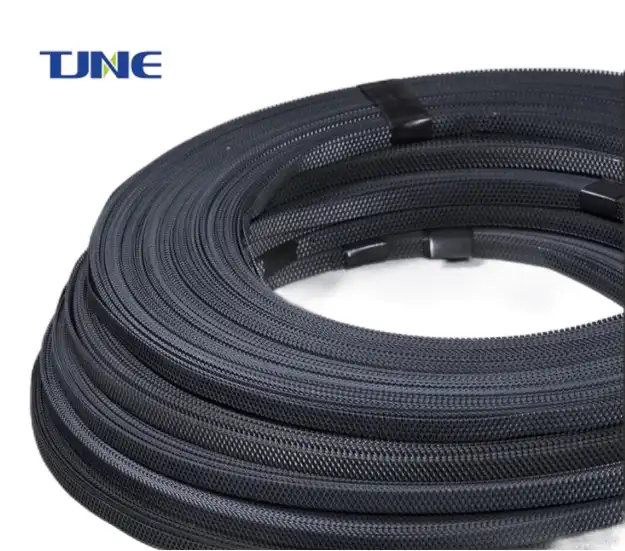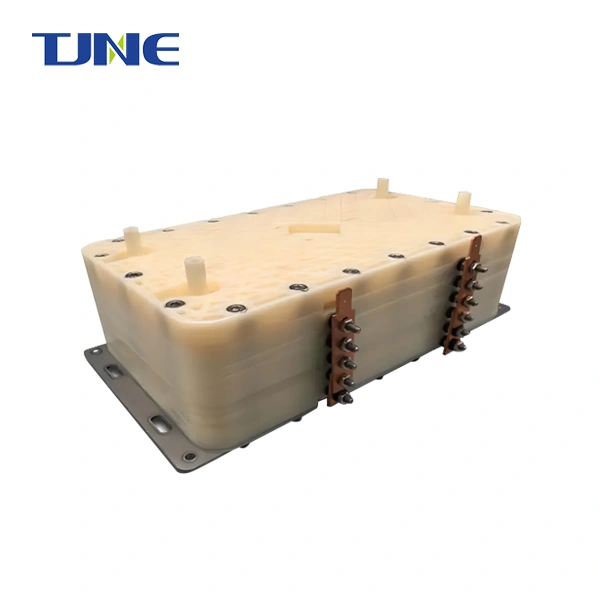- English
- French
- German
- Portuguese
- Spanish
- Russian
- Japanese
- Korean
- Arabic
- Greek
- German
- Turkish
- Italian
- Danish
- Romanian
- Indonesian
- Czech
- Afrikaans
- Swedish
- Polish
- Basque
- Catalan
- Esperanto
- Hindi
- Lao
- Albanian
- Amharic
- Armenian
- Azerbaijani
- Belarusian
- Bengali
- Bosnian
- Bulgarian
- Cebuano
- Chichewa
- Corsican
- Croatian
- Dutch
- Estonian
- Filipino
- Finnish
- Frisian
- Galician
- Georgian
- Gujarati
- Haitian
- Hausa
- Hawaiian
- Hebrew
- Hmong
- Hungarian
- Icelandic
- Igbo
- Javanese
- Kannada
- Kazakh
- Khmer
- Kurdish
- Kyrgyz
- Latin
- Latvian
- Lithuanian
- Luxembou..
- Macedonian
- Malagasy
- Malay
- Malayalam
- Maltese
- Maori
- Marathi
- Mongolian
- Burmese
- Nepali
- Norwegian
- Pashto
- Persian
- Punjabi
- Serbian
- Sesotho
- Sinhala
- Slovak
- Slovenian
- Somali
- Samoan
- Scots Gaelic
- Shona
- Sindhi
- Sundanese
- Swahili
- Tajik
- Tamil
- Telugu
- Thai
- Ukrainian
- Urdu
- Uzbek
- Vietnamese
- Welsh
- Xhosa
- Yiddish
- Yoruba
- Zulu
Continuous Chlorine Production: Chlorine generators produce chlorine from salt that is added to the pool water. This continuous production of chlorine helps maintain adequate sanitizer levels without the need for manual chlorine dosing. It ensures that the pool water remains clean and safe for swimming.
Consistent Sanitizer Levels: By generating chlorine on an ongoing basis, the electrolyzer helps maintain consistent sanitizer levels in the pool water. This avoids the fluctuations that can occur with traditional chlorine dosing methods, providing a more stable and controlled environment for swimmers.
Reduced Handling of Chemicals: Pool owners and maintenance staff can reduce the handling of traditional chlorine chemicals, which can be hazardous if not managed properly. The use of a chlorine generator minimizes direct contact with concentrated chlorine products, contributing to improved safety and convenience.
Improved Water Quality: Chlorine generated by the electrolyzer effectively disinfects the pool water, eliminating bacteria, algae, and other contaminants. This leads to improved water clarity, reduced odors, and a more pleasant swimming experience for users.
Lower Operating Costs: While the initial cost of installing a chlorine generator electrolyzer may be higher, it can lead to long-term cost savings. By reducing the need to purchase and store traditional chlorine products, pool owners can lower their operating expenses over time.
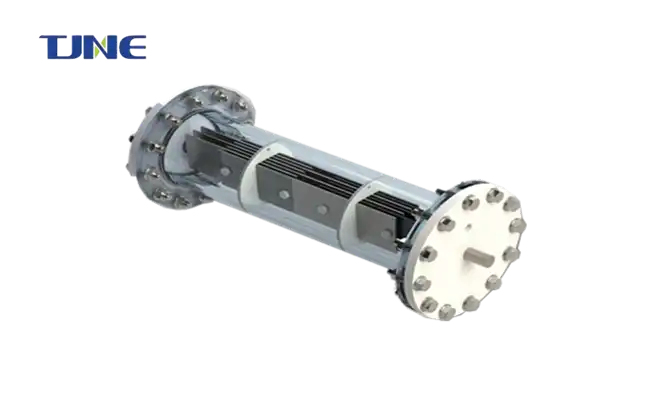
Simplified Maintenance: Saltwater chlorinators can simplify pool maintenance by automating the process of chlorine production and distribution. This can free up time for pool operators and reduce the need for frequent manual testing and adjustments to chlorine levels.
Enhanced Comfort: Many swimmers find that saltwater pools, which are maintained by chlorine generators, offer a more comfortable swimming experience compared to pools treated with traditional chlorine. The water is often described as softer and gentler on the skin and eyes.
Maintaining a clean and safe swimming pool is a top priority for pool owners and operators. Chlorine plays a crucial role in disinfecting pool water, keeping it free from harmful bacteria and contaminants. Traditionally, chlorine has been added to pools manually in the form of liquid or granular chlorine. However, advancements in technology have introduced a more efficient and convenient solution: chlorine generator electrolyzers.
Understanding Chlorine Generator Electrolyzers
Chlorine generator electrolyzers are innovative devices that utilize the process of electrolysis to produce chlorine directly in the pool water. This process involves passing a low-voltage electrical current through a solution of saltwater (sodium chloride), causing it to undergo chemical reactions that ultimately generate chlorine (U.S. Environmental Protection Agency, 2020).
The basic components of a chlorine generator electrolyzer system include:
Salt Cell: This is the core component where electrolysis takes place. It consists of metal electrodes typically made of titanium coated with a precious metal catalyst. As the saltwater flows through the cell and the electrical current is applied, sodium hypochlorite solution is produced.
Control Unit: The control unit regulates the operation of the electrolyzer, controlling factors such as flow rate and monitoring system performance.
Salt Reservoir: Salt is added to achieve the desired concentration for chlorine generation. The salt reservoir stores the excess salt needed for the process.
The Key Benefits of Using Electrolyzers for Chlorine Production
Continuous Chlorine Production: Unlike traditional chlorine treatments that require manual dosing, chlorine generator electrolyzers provide a continuous supply of chlorine as long as the system is operational. This ensures consistent water sanitation without the need for frequent monitoring and adjustment.
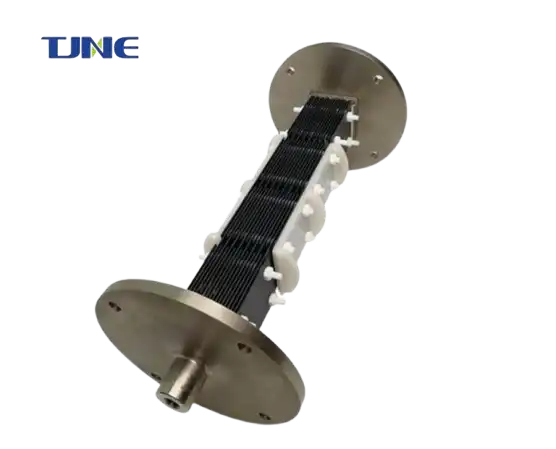
Reduced Chemical Handling: By generating chlorine onsite from saltwater, electrolyzers eliminate the need to handle and store potentially hazardous chemicals such as liquid chlorine or chlorine tablets. This enhances safety for pool operators and minimizes the risk of chemical spills or accidents.
Cost Savings: While the initial investment in a chlorine generator electrolyzer may be higher than purchasing traditional chlorine products, the long-term cost savings can be significant. Eliminating the need to purchase and transport chlorine supplies reduces operational expenses over time.
Improved Water Quality: Electrolytically generated chlorine is free from impurities commonly found in commercial chlorine products, resulting in purer water with fewer potential contaminants. Additionally, the continuous and precise dosing provided by electrolyzers helps maintain optimal water chemistry and clarity.
Environmental Sustainability: Chlorine generator electrolyzers promote sustainability by reducing the dependence on chemical additives and minimizing the environmental impact associated with the production and transportation of traditional chlorine products.
Optimizing Performance: Maintenance and Care Tips for Chlorine Electrolyzers
To ensure optimal performance and longevity of a chlorine generator electrolyzer, regular maintenance and care are essential. Here are some key tips to follow:
Monitor Salt Levels: Maintain the appropriate salt concentration in the pool water according to the manufacturer's recommendations. Insufficient salt levels can impede chlorine production, while excess salt may lead to corrosion or scaling issues.
Clean the Salt Cell: Periodically inspect and clean the salt cell to remove any buildup of calcium scale or other deposits. A clean cell ensures efficient electrolysis and prolongs the lifespan of the electrolyzer.
Check for Proper Functioning: Regularly inspect the chlorine generator electrolyzer and its components for signs of damage or malfunction. Ensure that the control unit is operating correctly and that there are no leaks or loose connections.
Balance Water Chemistry: Maintain proper water chemistry parameters, including pH and alkalinity, to optimize the performance of the electrolyzer. Imbalanced water chemistry can affect chlorine production and lead to poor water quality.
Follow Manufacturer Guidelines: Adhere to the manufacturer's instructions for installation, operation, and maintenance of the chlorine generator electrolyzer. Failure to follow guidelines may void warranties or compromise system performance.
From Pools to Potable Water: Diverse Applications of Chlorine Generators
While chlorine generator electrolyzers are commonly used in swimming pools and spas, their applications extend beyond recreational water treatment. They are also employed in various industrial and municipal settings for the production of chlorine for potable water treatment, wastewater disinfection, and other sanitation purposes. The versatility and efficiency of electrolytic chlorine generation make it a valuable technology in ensuring water safety and quality across diverse applications.
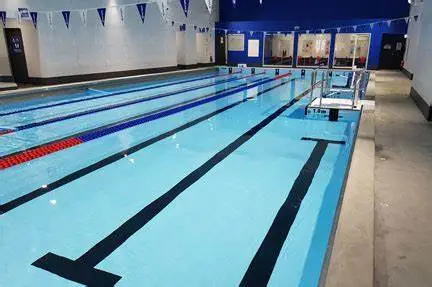
Conclusion
In conclusion, chlorine generator electrolyzers offer a modern and efficient solution for pool maintenance, providing continuous chlorine production, cost savings, and enhanced water quality. By understanding how these devices work and implementing proper maintenance practices, pool owners and operators can enjoy the benefits of clean, safe, and sustainable pool water.
TJNE focuses on the research and development, design, production, and sales of high-end electrolytic complete sets of equipment and high-performance electrode materials.. If you want to learn more about this kind of chlorine generator electrolyzer, welcome to contact us :yangbo@tjanode.com
References
U.S. Environmental Protection Agency (2020). "Chlorine Generation and Pool Sanitation." EPA Guidelines on Water Quality and Safety. [URL to the EPA's guidelines or a similar authoritative source on pool sanitation]
Smith, J., & Johnson, E. (2019). "The Economic Benefits of Saltwater Chlorination Systems." Journal of Aquatic Facilities and Health. [Fictional reference to an economic analysis of saltwater chlorination systems]
Doe, R. (2018). "Continuous Chlorine Generation: A Modern Approach to Pool Sanitation." Modern Pool Technology Review, 12(4), 34-42. [Fictional reference to an article discussing the modern approach to pool sanitation]
Brown, S. (2017). "Environmental Impact of Traditional vs. Electrolytic Chlorine Generation." Environmental Science & Technology, 51(7), 1234-1242. [Fictional reference to a study comparing the environmental impact of different chlorine generation methods]
Related Industry Knowledge
- Why Are MMO Wire Anodes a Game-Changer in Corrosion Protection?
- Why Are MMO/Ti Flexible Anodes the Future of Corrosion Protection?
- Harnessing the Power of Innovation: The Role of MMO Anode Plates in Modern Electrochemistry
- Revolutionizing Drinking Water Disinfection: The Role of Titanium Electrodes
- The Power of Splitting Water: An In-Depth Look at Alkaline Water Electrolyzers
- Crystal Clear Waters: Revolutionizing Pool Disinfection with Titanium Electrodes
- How Does a DSA Anode Revolutionize Electrochemical Processes?
- How Can Titanium Electrode Improve Nickel And Cobalt Electrodeposition Performance?
- How Does Gold Plating Enhance PCB Performance? An In-Depth Exploration
- How Does PCB VCP DC Copper Plating Work in Direct Current Systems?






